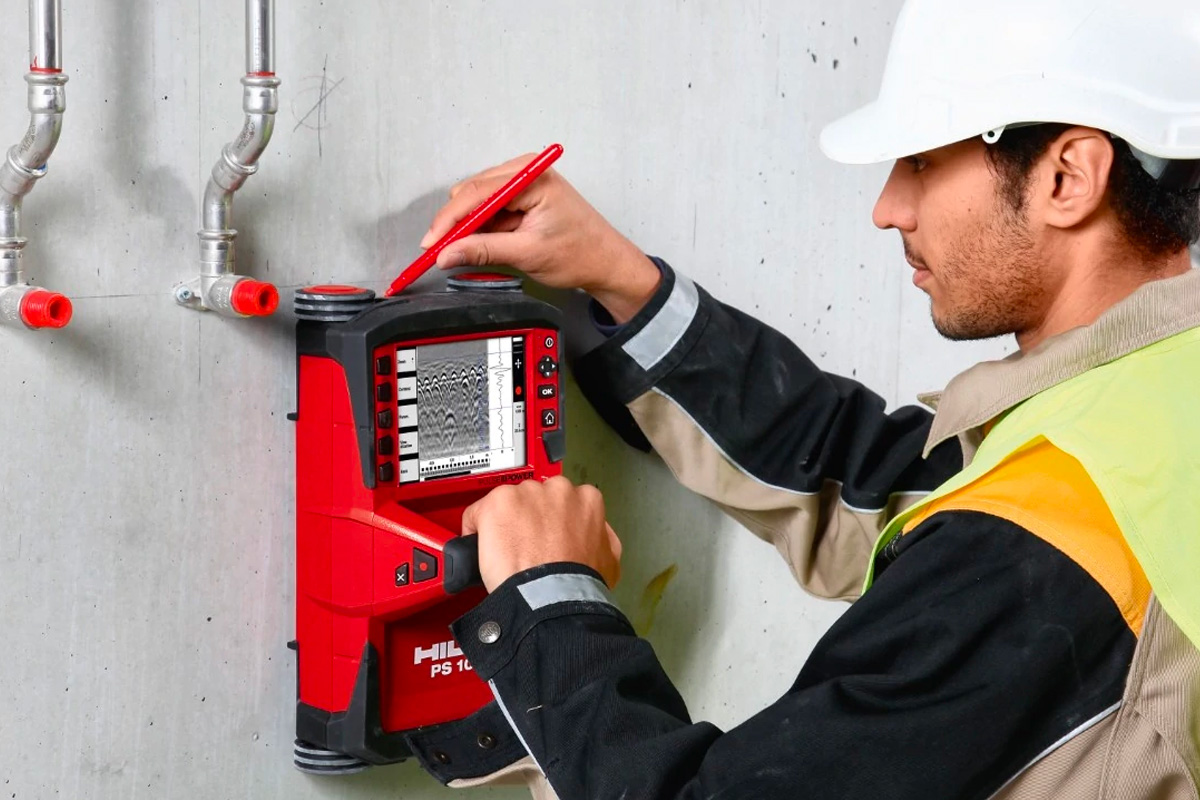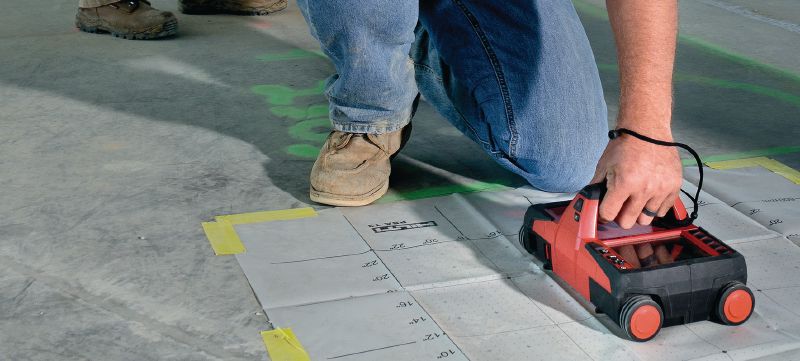In-Depth Insights right into Concrete Scanning Procedures
In-Depth Insights right into Concrete Scanning Procedures
Blog Article
Reveal the Transformative Power of Concrete Scanning in Taking Full Advantage Of Performance and Safety
Concrete scanning has actually emerged as a vital tool in the construction industry, supplying unrivaled benefits in boosting project effectiveness and ensuring safety and security criteria. By making use of advanced modern technology, concrete scanning permits experts to see past the surface, discovering concealed complexities that might affect the structural honesty of a structure. The transformative power of concrete scanning lies in its capacity to offer detailed insights and real-time data, revolutionizing just how projects are intended and performed. As we explore the intricacies of this innovative technique, a globe of possibilities opens up, showcasing a brand-new age of construction methods that focus on accuracy and protection.
Significance of Concrete Scanning
Making sure the architectural honesty and security of building projects starts with the critical step of conducting comprehensive concrete scanning. Concrete scanning is a non-destructive technique made use of to discover and map subsurface components within concrete structures. This process is necessary in identifying prospective hazards, such as rebar, post-tension wires, and channels, that may be hidden within the concrete. By utilizing advanced innovations like ground-penetrating radar (GPR) and electro-magnetic induction, construction teams can precisely situate these aspects without creating any damages to the structure.
Additionally, concrete scanning assists in maximizing project timelines and budget plan by staying clear of unexpected prices and hold-ups that might emerge due to unexpected blockages within the concrete. Eventually, investing in extensive concrete scanning is a proactive approach that enhances both effectiveness and safety in construction tasks.
Exactly How Concrete Scanning Functions
Concrete scanning operates as a critical device in construction tasks by using advanced technologies to discover and map subsurface aspects without creating architectural damage. Ground Permeating Radar (GPR) and Electromagnetic Induction (EMI) are two primary methods made use of in concrete scanning.
Throughout the scanning process, the information gathered is evaluated in real-time, allowing immediate recognition of prospective hazards or challenges under the surface. This details help in decision-making, making certain that building activities continue securely and successfully. Additionally, 3D imaging software program can be made use of to create detailed maps of the subsurface components, even more improving task preparation and execution. By using these advanced innovations, concrete scanning considerably lowers the risk of expensive problems and injuries on building sites.
Advantages of Concrete Scanning
One of the main benefits of concrete scanning is the capacity to identify and find embedded things such as rebar, post-tension cables, and avenues precisely. Concrete scanning helps in planning and designing more successfully, as it provides precise info concerning the area and depth of structural components.

Study: Concrete Scanning Success

In another instance, a building and construction find company used 3D concrete scanning to analyze the problem of aging concrete structures in a historical structure. The comprehensive scans supplied useful understandings right into the extent of deterioration and helped focus on maintenance efforts properly. By proactively dealing with areas of worry recognized with scanning, the business was able to prolong the life expectancy of the framework and ensure owner safety and security.
These situation research studies emphasize the transformative power of concrete scanning in enhancing effectiveness, precision, and security in building and construction jobs.
Carrying Out Concrete Scanning in Projects
Executing sophisticated scanning technologies during building and construction projects has actually ended up being increasingly important for improving precision and safety. By integrating concrete scanning into project planning and implementation, building teams can recognize prospective risks, such as rebar or post-tension cords, concealed within concrete structures. This proactive strategy minimizes the risk of accidents, hold-ups, and pricey rework, inevitably resulting in more reliable project timelines and budgets.
To implement concrete scanning effectively, job managers must work together closely with knowledgeable scanning specialists to identify the most appropriate scanning techniques for the details task requirements. Involving scanning experts from the onset of a job allows the group to produce thorough scanning plans that attend to essential areas of concern and make certain detailed data collection.
Additionally, incorporating concrete scanning right into normal task workflows can streamline decision-making procedures, as real-time scan information gives instant understandings into the condition of concrete frameworks - Concrete Scanning. This data-driven method facilitates educated problem-solving and enables groups to make changes promptly, fostering a society of efficiency and safety throughout the job lifecycle

Conclusion
In final Discover More thought, concrete scanning plays a crucial duty in enhancing performance and safety in construction jobs. By making use of sophisticated technology to detect helpful hints and map out underlying frameworks within concrete, this procedure assists to stop pricey mistakes, make sure structural honesty, and reduce risks on website. With the capacity to discover hidden components and supply exact data, concrete scanning shows to be a beneficial device for optimizing job outcomes and optimizing total success.
Concrete scanning is a non-destructive approach used to discover and map subsurface elements within concrete frameworks. Furthermore, concrete scanning aids in enhancing project timelines and spending plan by avoiding unforeseen prices and hold-ups that may emerge due to unpredicted obstructions within the concrete. One remarkable instance study entails a massive renovation project where concrete scanning played a crucial function in making certain task success.In another instance, a building firm utilized 3D concrete scanning to examine the condition of aging concrete frameworks in a historical structure. By incorporating concrete scanning right into job planning and execution, construction teams can recognize possible dangers, such as rebar or post-tension wires, concealed within concrete frameworks.
Report this page